Are you looking for Best Payment Gateways in Denmark? If Yes, You are at the right place.
Denmark is one of the most digitally advanced countries in the world, with a strong e-commerce market and high internet penetration. As more businesses go online, the demand for secure, fast, and efficient payment gateways has grown significantly.
Payment gateways play a crucial role in processing online transactions securely and smoothly. This article explores the top 10 best payment gateways in Denmark, their features, advantages, and how businesses can choose the right one.
All About Denmark
Denmark has a thriving economy supported by digital advancements and a strong e-commerce presence. With nearly 98% of the population having internet access and mobile payment adoption rising, the country has seen a surge in online transactions. The Danish government promotes a cashless society, making online payment gateways essential for businesses.
What Are Payment Gateways?
A payment gateway is an online service that authorizes and processes payments for businesses, ensuring secure transactions between customers and merchants. It encrypts sensitive financial information to protect against fraud and cyber threats. Payment gateways facilitate credit/debit card payments, bank transfers, e-wallets, and even cryptocurrencies in some cases. For businesses looking to choose the most effective solutions, exploring the Best eCommerce Payment Gateways can help identify the right tools for online stores, while those dealing with digital assets should consider the Best Crypto Payment Gateways for Secure Transactions to ensure smooth and secure crypto payments.
How Do Payment Gateways Work?
A payment gateway acts like a digital bridge between your customer’s payment method and your business’s bank account. It ensures the secure transfer of payment data during online transactions. Here’s a step-by-step breakdown:
1. Customer Initiates Payment
The process starts when a customer adds products to their cart, proceeds to checkout, and enters payment details (like card information or selects MobilePay, PayPal, etc.) on your website or app.
2. Transaction Processing
The payment gateway collects this sensitive data and encrypts it for security. The information is then securely sent to your acquiring bank (the bank that processes payments for your business).
3. Authorization Request
The acquiring bank sends a request to the issuing bank (the customer’s bank) or card network (like Visa or Mastercard) to verify:
- Card details are correct
- Funds are available
- No suspicious or blocked activity is detected
4. Approval or Decline
Based on the verification:
- If everything checks out, the issuing bank authorizes the transaction
- If there’s an issue (insufficient funds, expired card, etc.), the transaction is declined
This process usually takes a few seconds.
5. Completion
Once approved:
- The funds are placed on hold or transferred
- The customer sees a confirmation message or receipt
- The payment will be settled to the merchant’s account within a few hours to a few days, depending on the gateway and bank
This quick and secure communication ensures smooth transactions for both the buyer and the seller.
Why Do You Need Payment Gateways in Denmark?
Using a payment gateway is not just about processing payments. It plays a much bigger role in the success and credibility of your business, especially in the digital economy of Denmark.
1. Secure and Fast Transactions
Payment gateways use strong encryption and fraud protection tools. They follow EU regulations like PSD2, making transactions safer for both customers and merchants. Fast processing also means better customer satisfaction and fewer abandoned carts.
2. Supports Multiple Payment Methods
Danish consumers expect flexibility. A good gateway can process:
- Credit/debit cards
- MobilePay (hugely popular in Denmark)
- Klarna and other Buy Now, Pay Later options
- Digital wallets like Apple Pay and Google Pay
This improves the checkout experience and increases your sales potential.
3. Boosts Business Credibility
Offering well-known, secure payment options builds customer trust. If users see payment methods they recognize, they are more likely to complete the purchase.
4. Facilitates International Trade
If you’re planning to grow beyond Denmark:
- Gateways can handle currency conversions
- They support multi-language checkouts
- They help with cross-border transactions, letting you accept payments from customers around the world
Top 10 Best Payment Gateways in Denmark
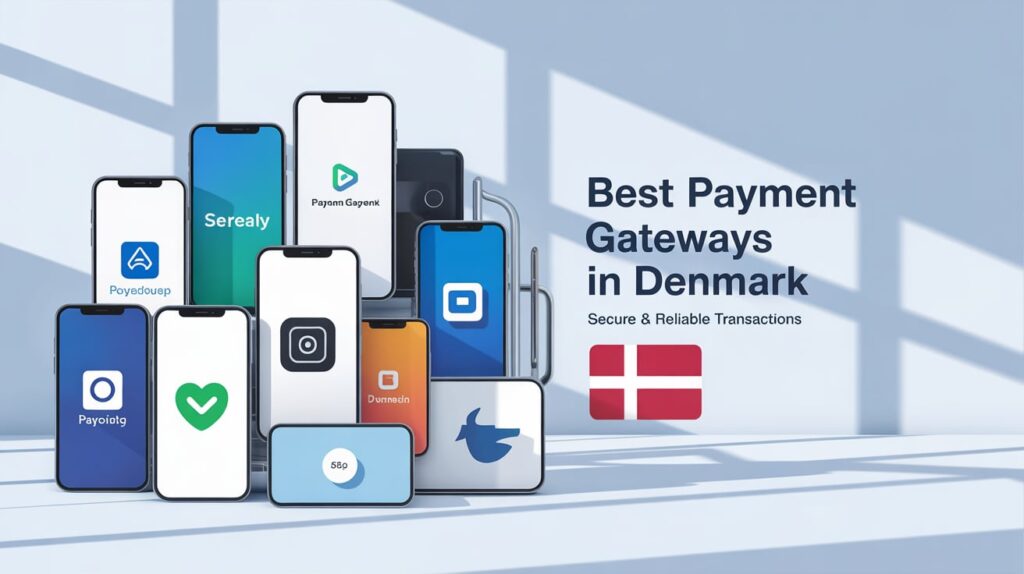
Here are the list of Top 10 Best Payment Gateways in Denmark..
1. MobilePay
MobilePay is Denmark’s most widely used mobile payment app, enabling easy peer-to-peer and business transactions. It is popular for its seamless user experience and fast transactions, making it ideal for both small and large businesses. With a high adoption rate among Danish consumers, it allows businesses to increase conversions by offering a familiar and trusted payment method.
Key Features:
- Denmark’s most popular mobile payment app.
- Supports peer-to-peer and business transactions.
- Quick setup with high user adoption.
Pros:
- Trusted by Danish consumers
- Fast and easy to use
- Boosts checkout conversion
Cons:
- Limited to Denmark and select regions
- Not ideal for international payments
2. Nets
Nets is a leading Nordic payment provider offering a wide range of services, including online payments, POS transactions, and recurring billing. It provides advanced security features, fraud prevention tools, and seamless integration with various e-commerce platforms. Nets is widely trusted by businesses across Denmark and the broader Scandinavian region.
Key Features:
- Full-service payment provider in the Nordics
- Supports online, POS, and recurring billing
- Strong fraud prevention and security tools
Pros:
- Local expertise and support
- Seamless integration with Nordic platforms
- Reliable and secure
Cons:
- May not be as flexible for international expansion
- Pricing transparency can vary
3. QuickPay
QuickPay is a Danish-based payment gateway with global reach, supporting over 30 payment methods, including MobilePay, Klarna, and Visa/Mastercard. It offers a developer-friendly API for easy integration and is known for its reliability and high security standards. Businesses can use QuickPay to facilitate smooth and secure transactions while supporting multiple currencies.
Key Features:
- Supports over 30 payment methods
- Integrates with MobilePay, Klarna, Visa, Mastercard
- Developer-friendly API
Pros:
- Global reach with local focus
- Easy to integrate and manage
- Multi-currency support
Cons:
- Can require developer assistance for full setup
- Customization options may be limited for some users
4. Stripe
Stripe is a global payment gateway offering a powerful API that supports subscriptions, recurring payments, and invoicing. It provides advanced fraud protection, multi-currency transactions, and an easy-to-use dashboard for managing payments. Stripe is a preferred choice for startups and large enterprises looking for a scalable payment solution.
Key Features:
- Powerful API for developers
- Supports subscriptions and recurring payments
- Multi-currency and international support
Pros:
- Transparent pricing
- Scalable for startups and enterprises
- Great dashboard and reporting tools
Cons:
- Requires some technical knowledge
- Limited local support in Denmark
5. PayPal
PayPal is one of the most widely recognized payment solutions worldwide, offering seamless one-click checkout, international transactions, and buyer and seller protection. It allows businesses to accept payments from customers globally and provides an easy refund process. PayPal is a trusted option for Danish businesses looking for secure and versatile payment processing.
Key Features:
- Global brand with one-click checkout
- Buyer and seller protection
- Easy international transactions
Pros:
- Trusted by users worldwide
- Simple to set up
- Great for cross-border sales
Cons:
- Higher transaction fees
- Risk of account holds
6. Klarna
Klarna is a “Buy Now, Pay Later” service that has gained significant popularity in Denmark. It enables customers to make purchases and pay later in installments, increasing conversion rates and boosting customer satisfaction. Klarna’s compliance with EU regulations ensures a secure and reliable payment experience for both merchants and customers.
Key Features:
- Buy Now, Pay Later solution
- Pay in installments with no interest
- EU regulation compliant
Pros:
- Increases customer purchasing power
- Easy checkout experience
- Trusted across Europe
Cons:
- Higher fees than standard gateways
- Limited to supported markets
7. Adyen
Adyen is an enterprise-level payment gateway with omnichannel support, allowing businesses to accept payments across multiple platforms. It features AI-driven fraud detection, compliance with PSD2 regulations, and support for both local and international payment methods. Adyen is ideal for businesses seeking a robust, scalable payment solution.
Key Features:
- Omnichannel payment support
- AI-based fraud detection
- Complies with PSD2 and supports global methods
Pros:
- Great for large businesses
- Scalable and secure
- Supports local and global payments
Cons:
- Complex setup
- Not ideal for small businesses
8. Worldline (formerly Bambora)
Worldline provides comprehensive payment processing solutions, including subscription-based and one-time payment options. It offers high security, an intuitive user interface, and seamless integration with various e-commerce platforms. Businesses using Worldline can benefit from strong fraud protection and a streamlined payment experience.
Key Features:
- Offers subscriptions and one-time payments
- High-security features
- User-friendly interface
Pros:
- Easy to manage payments
- Strong fraud protection
- Integrates with many platforms
Cons:
- Can be costly for small businesses
- May lack some advanced features compared to Stripe or Adyen
9. Paysafecard
Paysafecard is a prepaid payment method that allows users to make transactions anonymously without linking a bank account or credit card. It is widely accepted in Denmark and provides a secure, cash-based online payment solution. Paysafecard is ideal for customers who prefer not to use traditional banking methods.
Key Features:
- Prepaid voucher-based payment method
- No need for a bank account
- Anonymous and secure
Pros:
- Great for privacy-focused users
- Widely accepted in Denmark
- Easy for customers without credit cards
Cons:
- Not suitable for recurring payments
- Limited functionality for businesses
10. Revolut Business
Revolut Business offers a digital banking solution with integrated payment processing, supporting multi-currency transactions and low transaction fees. It allows businesses to accept online and POS payments while benefiting from a user-friendly interface. Revolut’s innovative financial tools make it a great choice for companies managing international transactions.
Key Features:
- Digital banking with payment processing
- Multi-currency support
- Online and POS payment options
Pros:
- Low transaction fees
- Great for international business
- Innovative financial tools
Cons:
- Limited features compared to full gateways
- Customer support can be inconsistent
How to Choose the Best Payment Gateway in Denmark?
Choosing the right payment gateway is a crucial step for any business operating in Denmark, whether you’re just starting an online store or already running a successful eCommerce operation. Below are the most important factors to consider:
1. Transaction Fees & Pricing
Every payment gateway charges fees — usually a percentage per transaction or a flat fee. Some also charge monthly fees or additional fees for international transactions.
What to look for:
- Transparent pricing
- Low transaction fees for your business model
- No hidden charges
Tip: Compare multiple gateways side-by-side before deciding.
2. Security & Compliance
Denmark follows strict payment regulations like PSD2 (Payment Services Directive 2) and PCI-DSS (Payment Card Industry Data Security Standard). Your gateway must be fully compliant to protect both you and your customers.
What to look for:
- PCI-DSS compliance
- Strong encryption methods
- Built-in fraud detection tools
- 3D Secure for extra protection
3. Integration with E-Commerce Platforms
Your payment gateway should work smoothly with your existing store setup, whether you’re using Shopify, WooCommerce, Magento, or another platform.
What to look for:
- Easy plug-ins or modules
- Developer support or API access
- Fast checkout experience on both desktop and mobile
4. Support for Local Payment Methods
In Denmark, popular payment methods include MobilePay, Dankort, Visa/Mastercard, and Klarna. Choosing a gateway that supports these ensures better customer adoption.
What to look for:
- Local payment options
- “Buy Now, Pay Later” support
- Multi-currency and language options
5. Customer Support & Reliability
Technical issues can cost you sales. A reliable payment gateway should offer solid uptime (99.9% or higher) and fast, helpful customer service.
What to look for:
- 24/7 support (chat, email, or phone)
- Quick response times
- Uptime guarantees or SLAs (Service Level Agreements)
Advantages & Disadvantages of Payment Gateways in Denmark
Advantages
- Secure Transactions: Gateways offer encrypted processing, fraud protection, and comply with EU and Danish regulations like PSD2.
- Support for International Payments: Many gateways support multiple currencies and cross-border transactions, helping you scale globally.
- Easy Integration: Most gateways work smoothly with major Danish e-commerce platforms and POS systems.
- Mobile Payments Support: Popular local tools like MobilePay are widely integrated, improving conversion rates.
- Customer Confidence: Using well-known and trusted gateways builds customer trust during checkout.
Disadvantages
- Transaction Fees: You’ll typically pay a fee per transaction, which can eat into profits — especially for small businesses.
- Technical Setup: Some gateways require development work or a deeper technical understanding to integrate and manage properly.
- Chargeback Risks: Businesses face the risk of chargebacks or disputes, which may involve extra fees or complications.
- Limited Customization: Hosted checkout pages may offer less design control, affecting your branding.
- Not All Are Globally Friendly: Some local gateways are less suitable for international payments or may not support all currencies.
FAQs
Which Payment Gateway is Best for Small Businesses in Denmark?
MobilePay and QuickPay are great for small businesses due to their ease of use and low fees.
Does Denmark Support PayPal for Online Transactions?
Yes, PayPal is widely accepted by businesses and customers in Denmark.
What is the Cheapest Payment Gateway in Denmark?
QuickPay and Stripe offer competitive pricing for small and medium businesses.
How can I Integrate a Payment Gateway into my Website?
Most payment gateways provide plugins for e-commerce platforms like Shopify, WooCommerce, and Magento, along with API integration options.
Conclusion
Choosing the right payment gateway is crucial for the success of any online business in Denmark. Whether you prioritize local payment solutions like MobilePay or global providers like PayPal and Stripe, selecting a gateway that aligns with your business needs can improve customer experience and drive growth. Businesses should compare transaction fees, security features, and ease of integration before making a final decision. With the right payment gateway, Danish businesses can ensure secure, efficient, and seamless transactions for their customers.
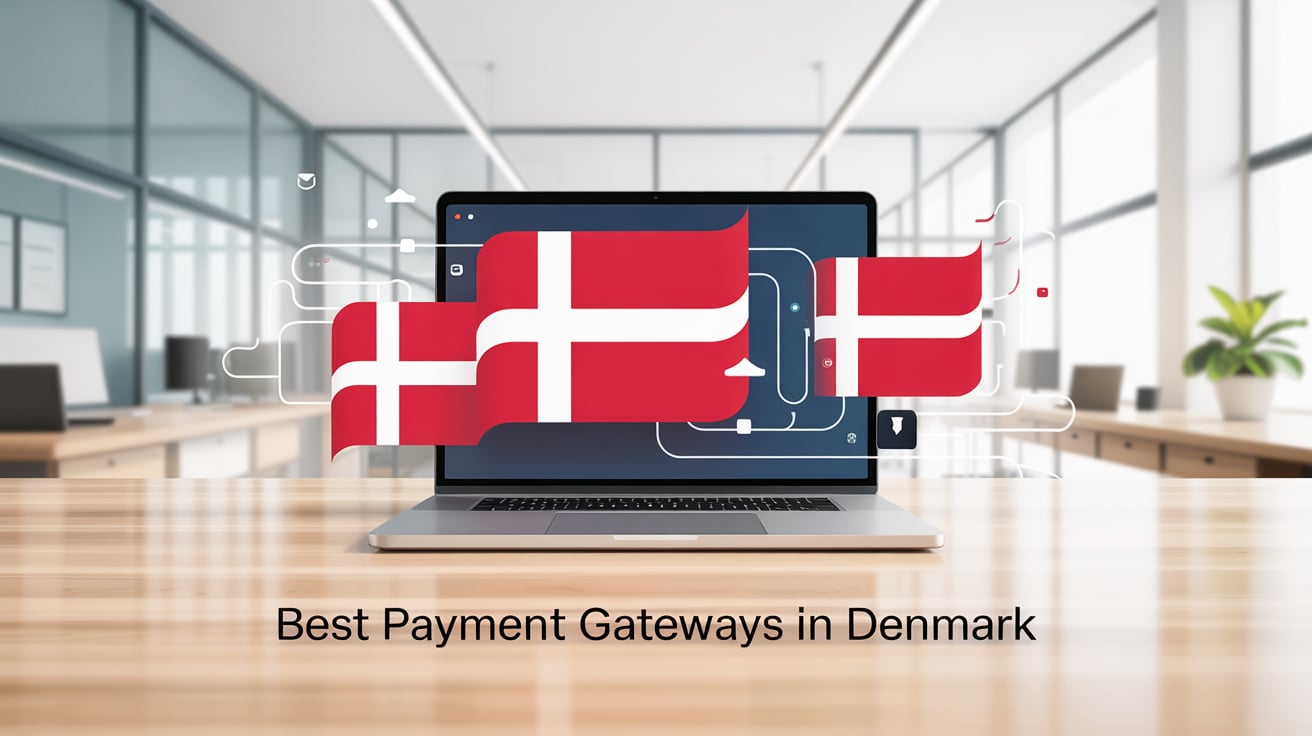

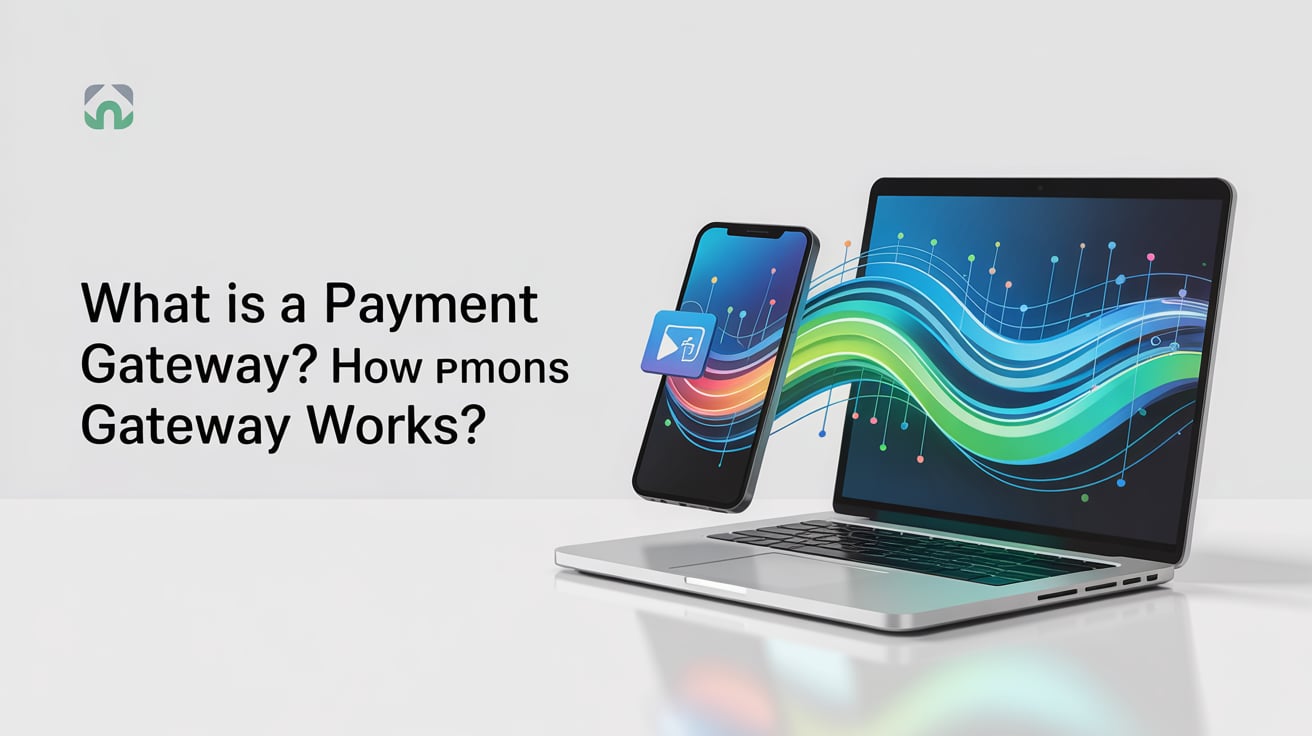
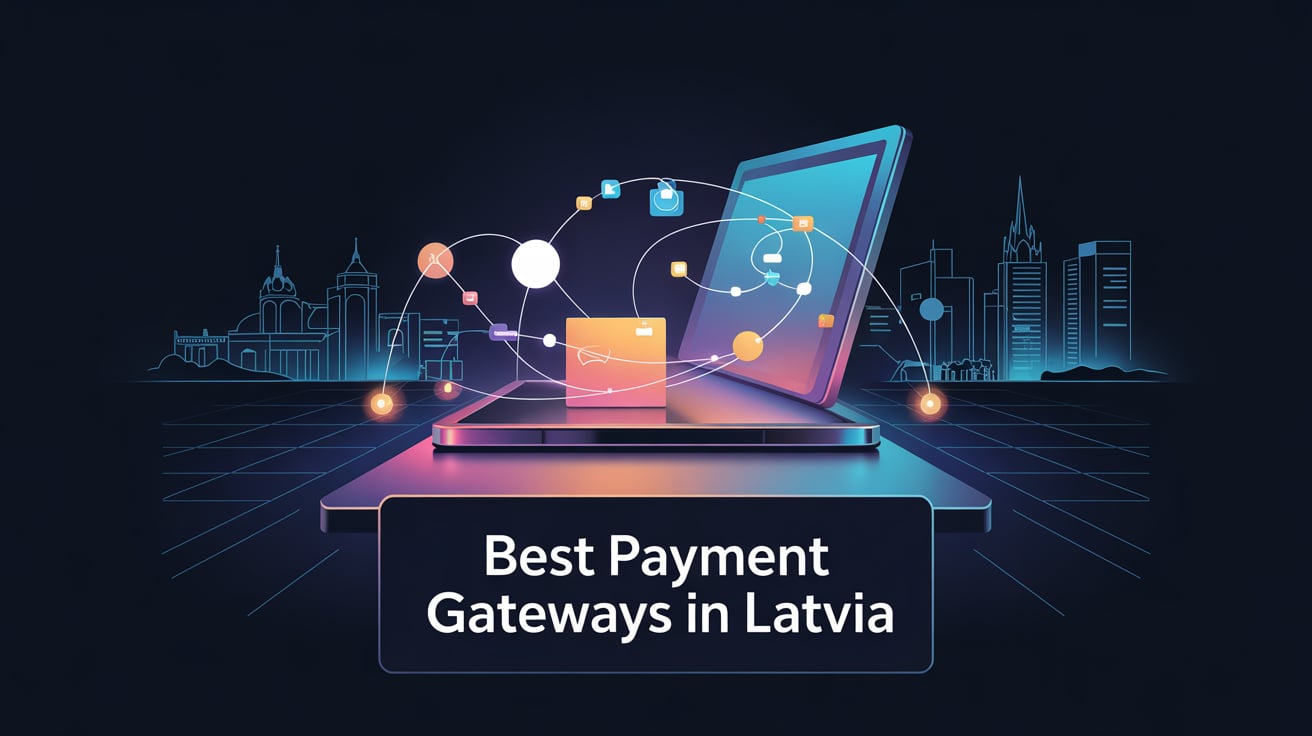
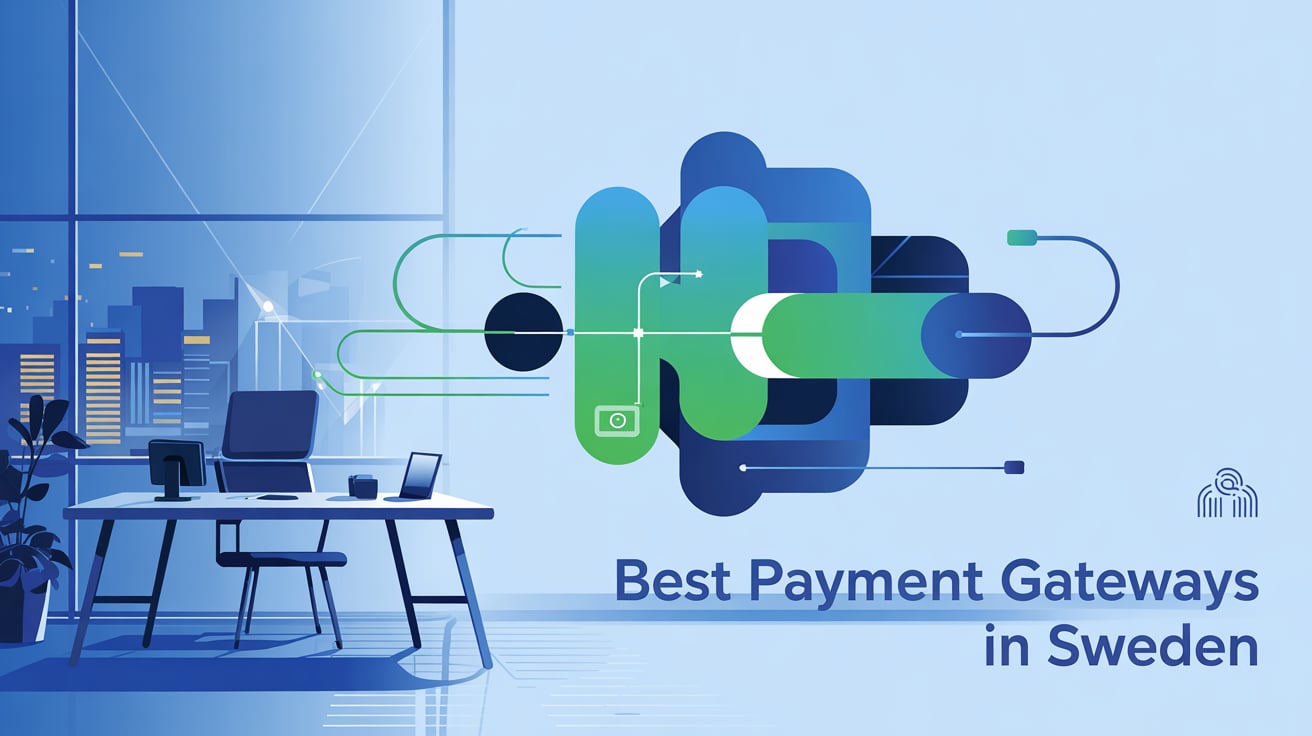
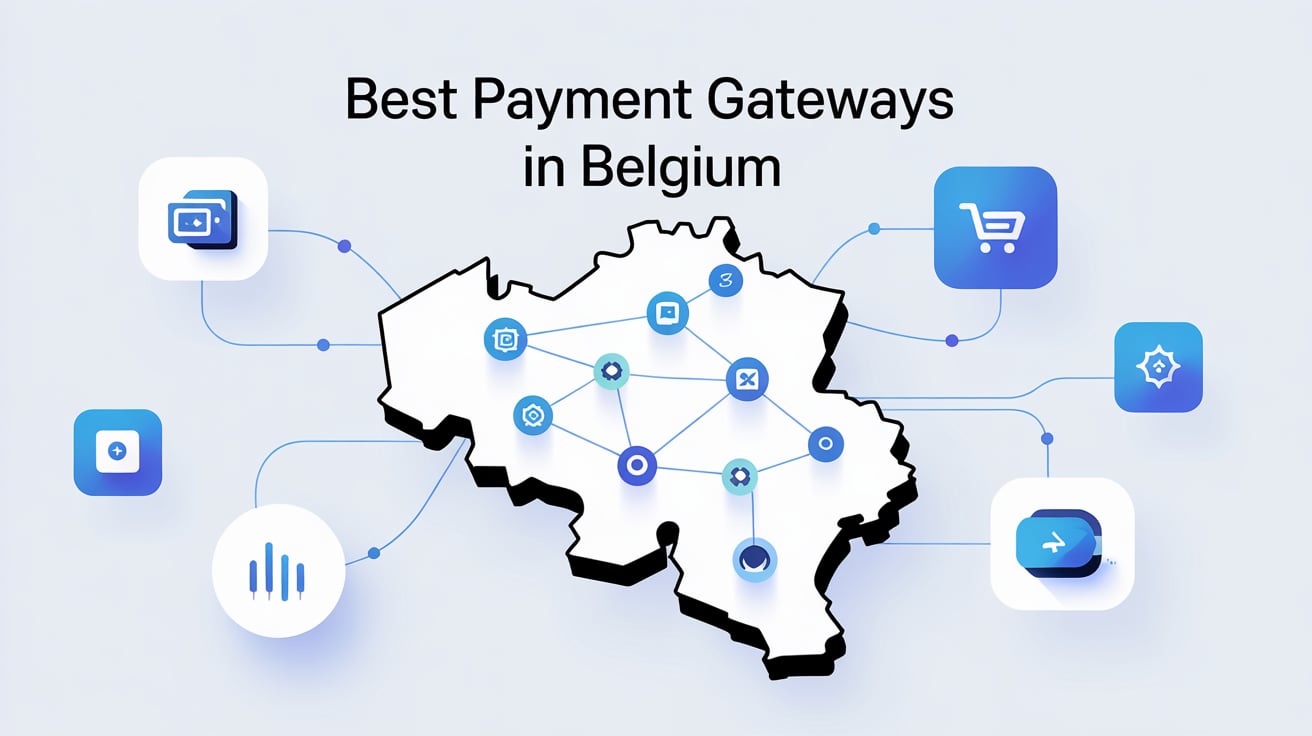

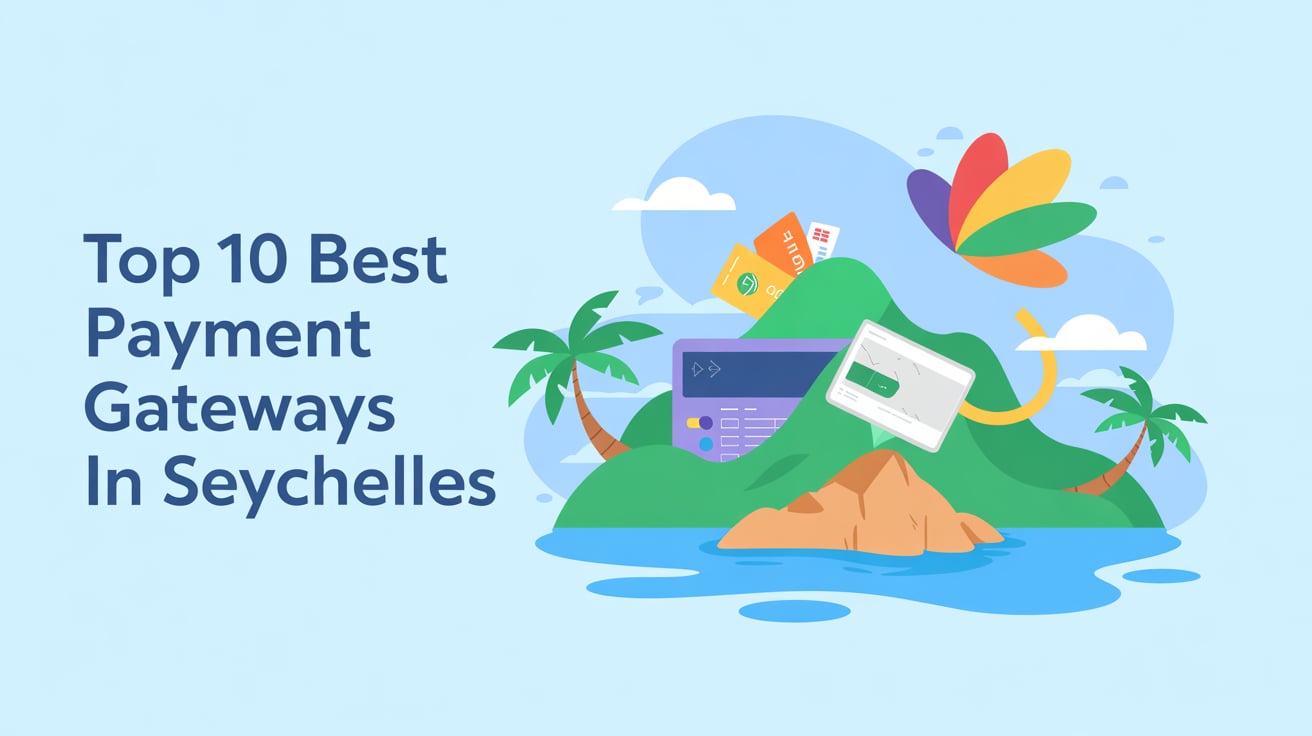
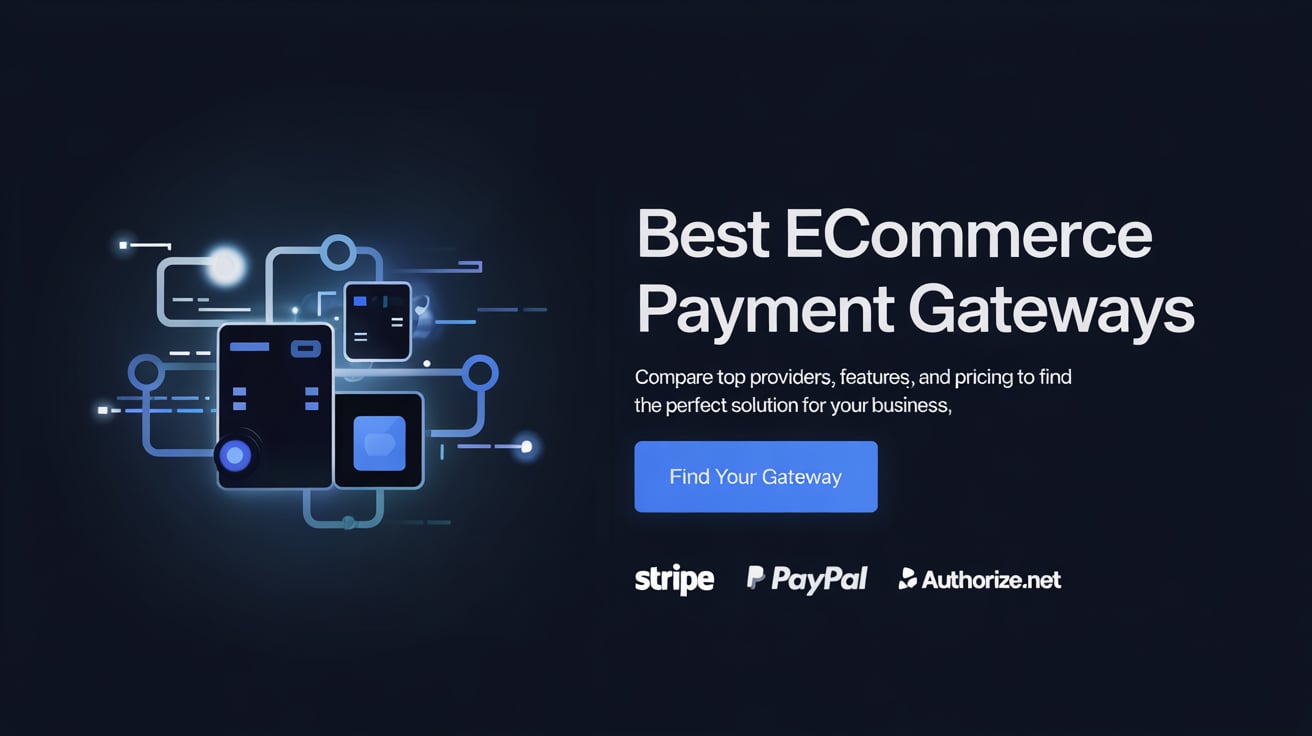
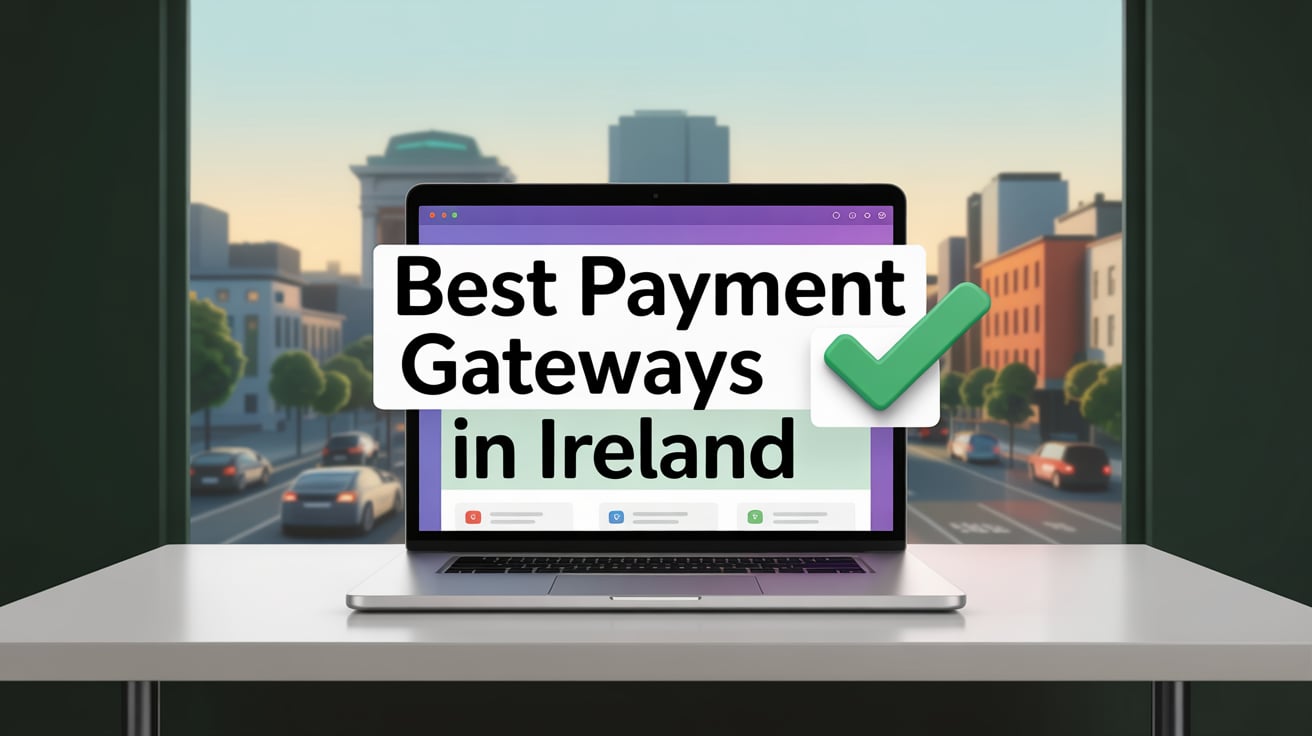
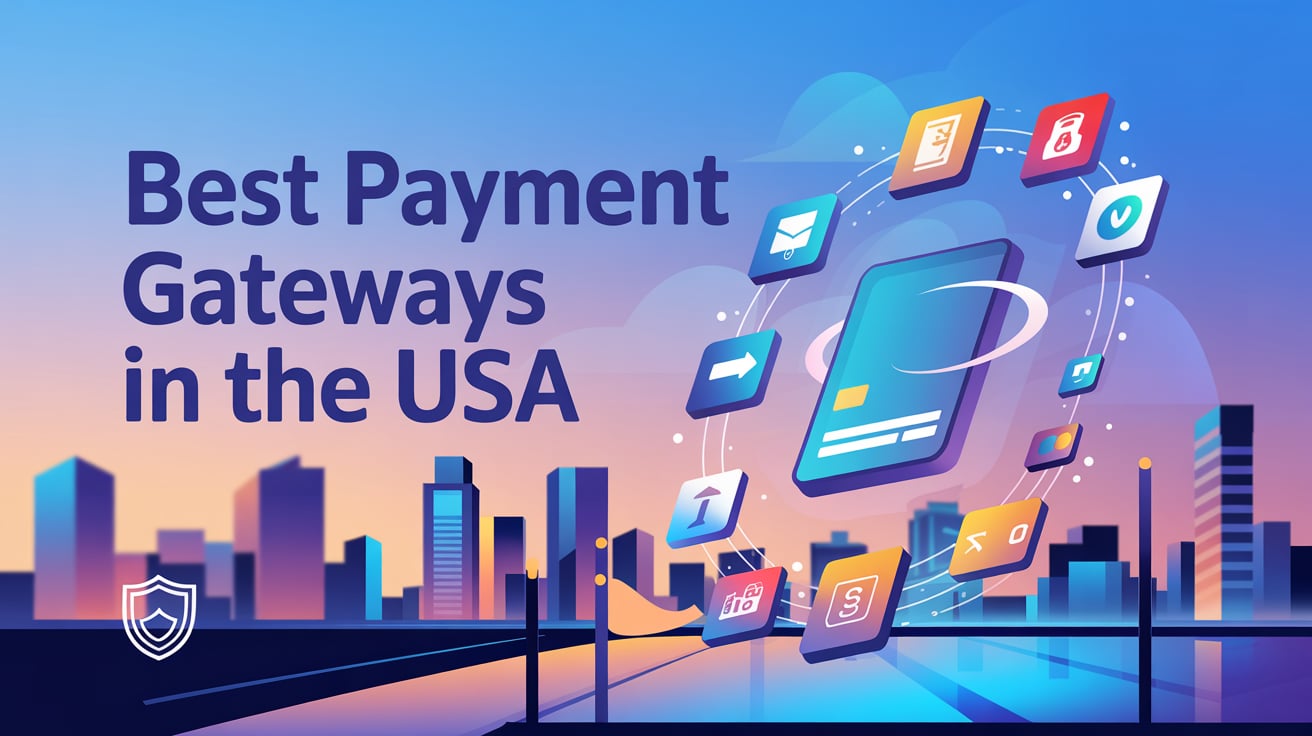
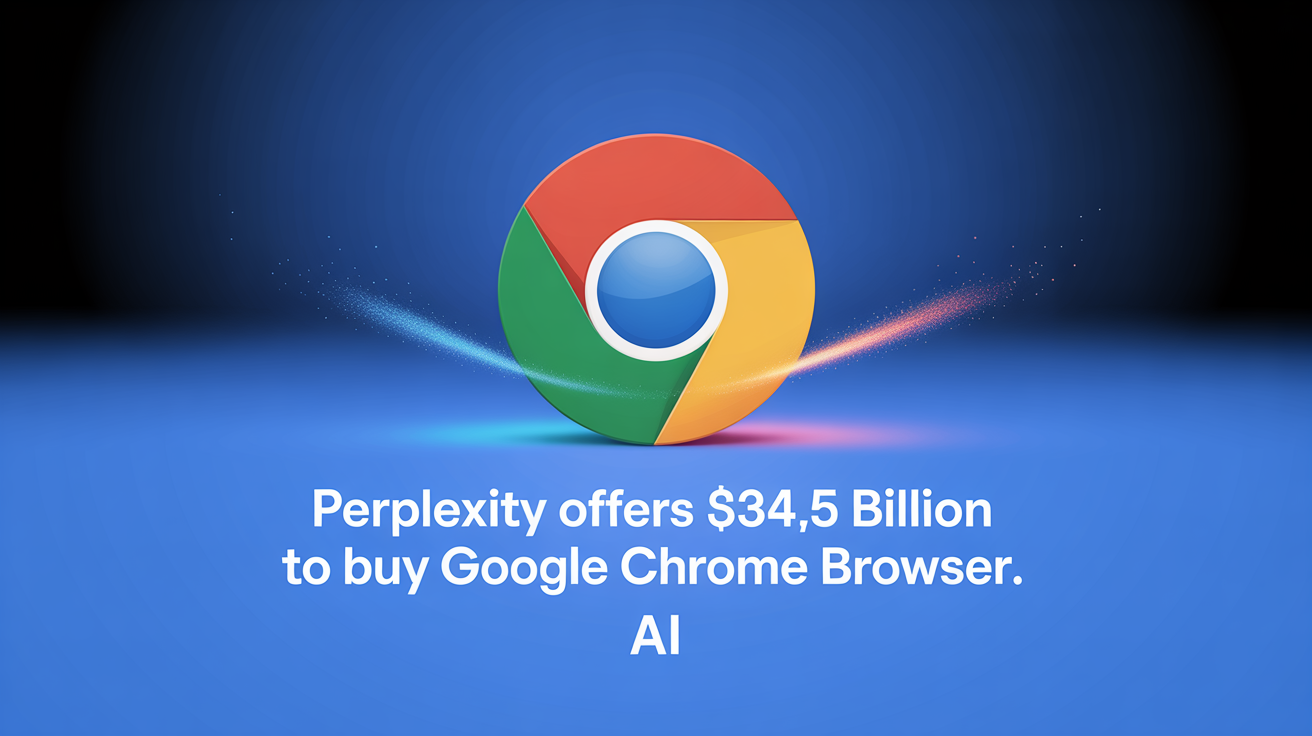
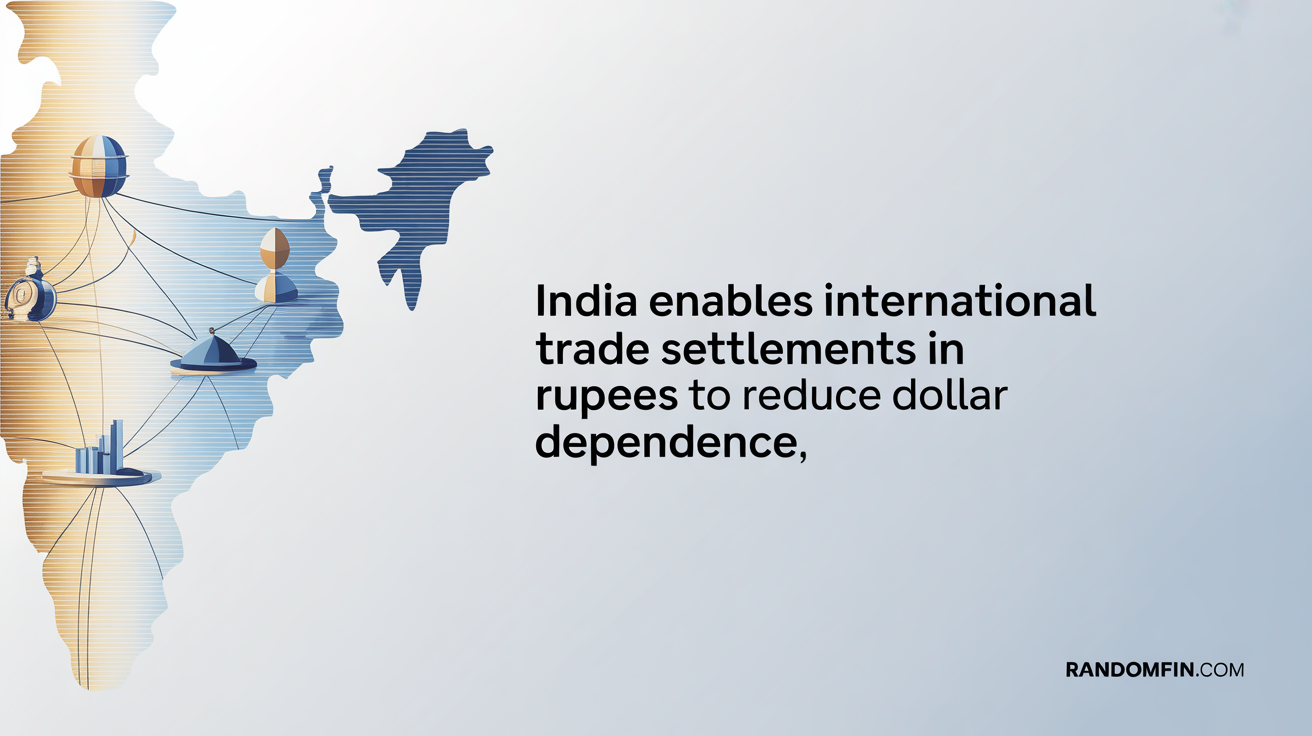
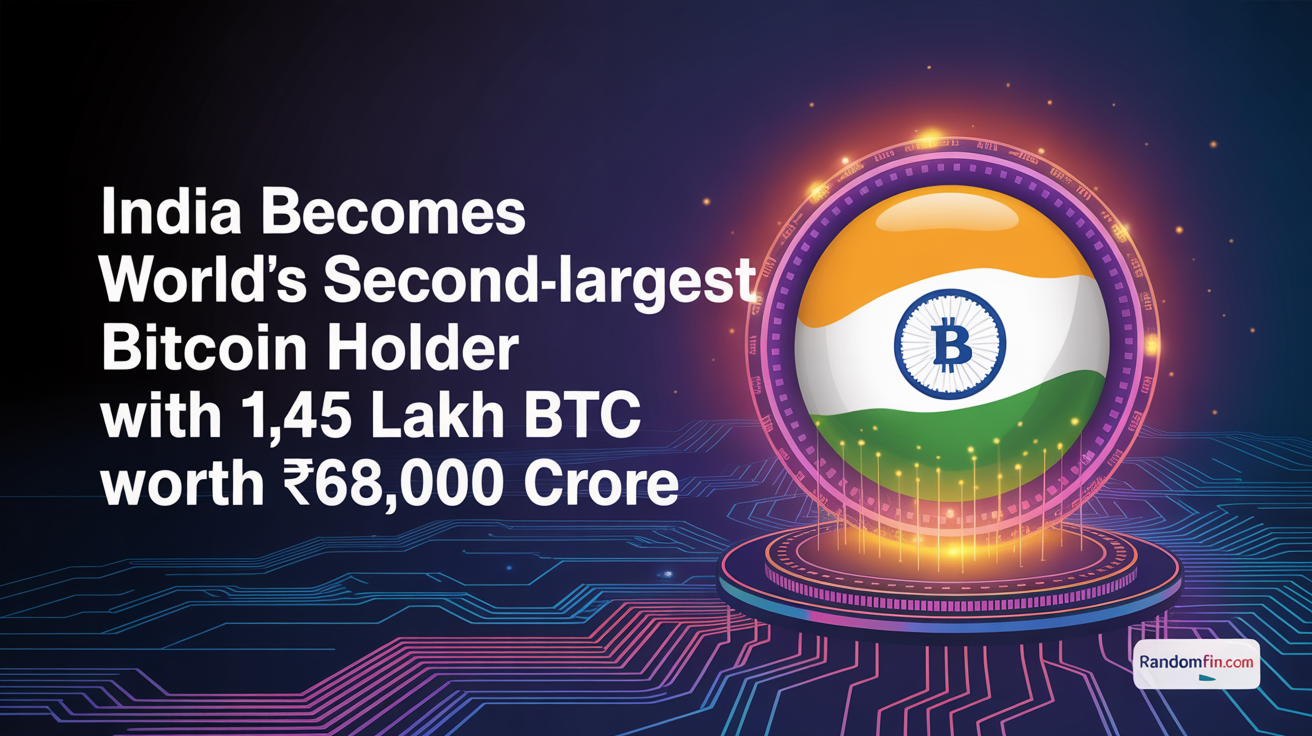
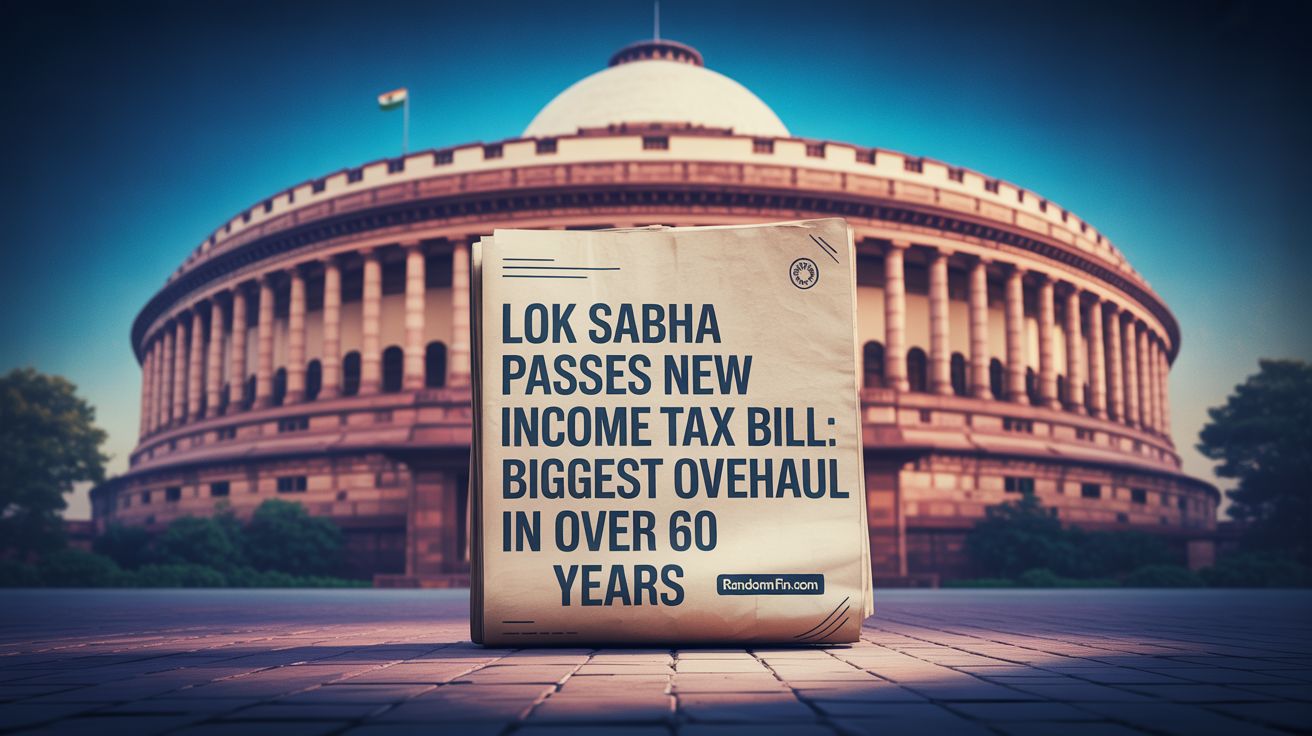
Leave a Reply